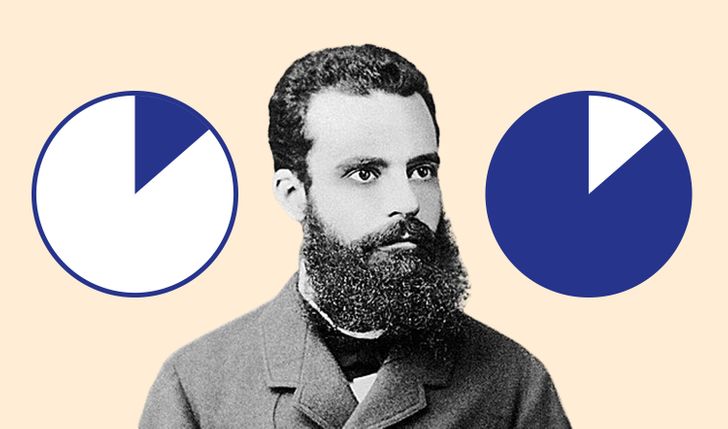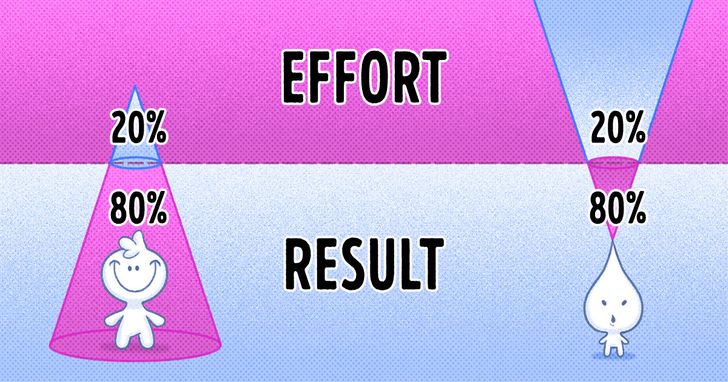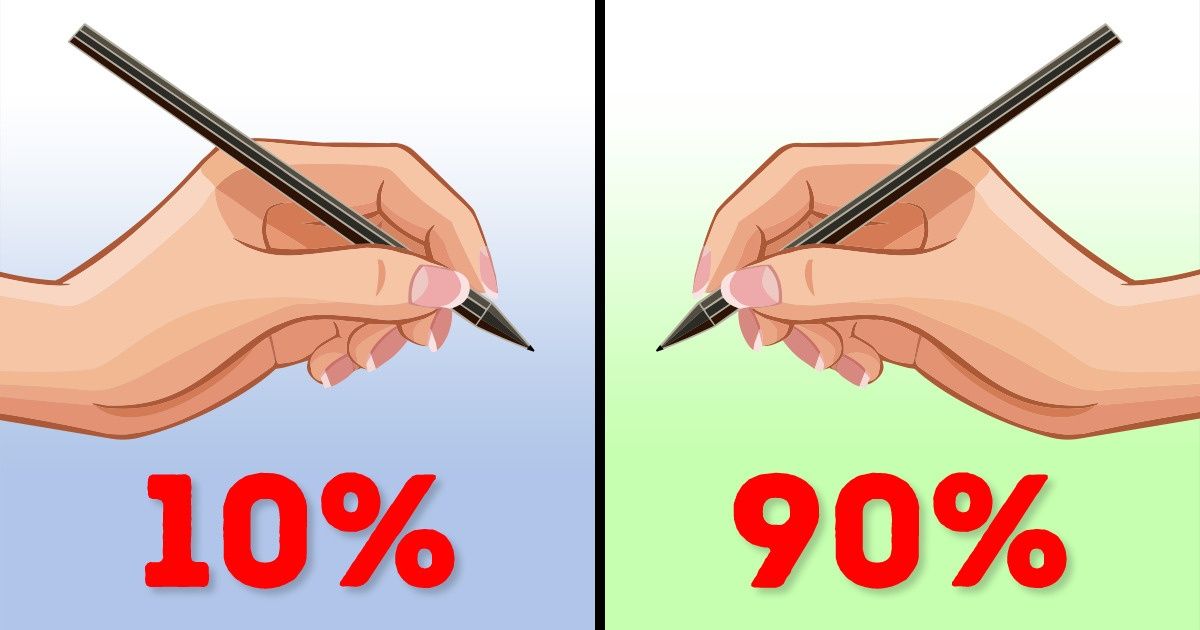We face the challenge of limited resources every day. Even though we tend to blame it on time, or more specifically, the lack of it, the truth is that most of us just don’t know how to use it wisely.
There is no way to add more hours to the day, but there is a way to make the most of the time we have by focusing on the things that matter most. This is where the Pareto Principle can be of great help.
We put together the main points of this principle to help you reach your goals as quickly as possible.
What the Pareto Principle Is

Vilfredo Pareto was an Italian economist who realized that 20% of Italian families own 80% of all the money in the country. Fascinated by this understanding, he began to apply the 20/80 rule to everything around him.
It turned out that 20% of the fruits gave 80% of the entire harvest in his orchard. The farther the better. It seemed that this pattern could be applied to any circumstance and in any case.
You may be wondering, “But what do harvests have to do with our time and our ability to succeed?” Well, keep reading!
20% Of Effort Brings 80% Of The Result

It is important to understand that the modern world offers many opportunities for every idea to come to life. This can be confusing at first, but if we follow the Pareto Principle, we know that 20% of our work contributes 80% of the result.
That means that of the 10 things you planned to do today, 8 of them are not that important. All you need to do is determine what these two most important things are and get started with them. If you don’t focus on 20%, you will end up wasting 80% of your time.
How Do I Know What Is Important?
This is where you need to be stubborn. The 2 most important things are usually the most difficult and the most complex. This is how the human brain works: We like to procrastinate and do small, unimportant things instead of investing our effort and energy in the activities that really matter to us.
I’ve Found Them. What’s Next?

A good place to start is writing down your top 6 priorities for tomorrow. Then cross out the last 5. Write your remaining top priority on a post-it and post it where you can see it constantly.
Try to work on this task for an hour and a half every morning. Don’t let anything distract you. Try not to think of other tasks you may have. If you don’t forget something, write it down and come back to it later.
Good News For Students

Think of your teachers or professors, they are also familiar with the Pareto Principle. Since they don’t have time to ask questions about the entire course material, they only test your knowledge of the most important things.
They will certainly do their best to test the most important ideas from the course, which usually represent around 20% of the material you learned the night before.
“A Freelance Job Was Supposed To Give Me More Time, But I’m Working 24/7.”

If you are self-employed, you don’t receive any health coverage, paid sick leave, paid leave, retirement savings, and many other common employee benefits and perks. That is why you may feel vulnerable and as a result, take on more and more projects so as not to risk putting all your eggs in one basket.
But it is more than likely that 80% of your projects will generate only 20% of the profits. So if you focus on your top money-making clients, try to strengthen long-term relationships with them instead of working on several different projects, you will make 80% of the profit by putting in just 20% of the effort.
Running A Business
Steve Jobs also knew the Pareto principle. In fact, he even saved his company from bankruptcy. It seems that this advice is as old as time, but the truth is that less is more. That means if you’re having trouble running your business, it’s time to stop chasing after the hundreds of innovations that pop up every day and focus on a few things that your business can improve.
So what 20% of your work results in 80% of your result? What would you be willing to let go of now? Share your opinion with us in the comments!


